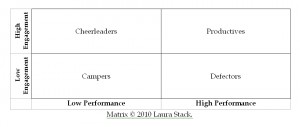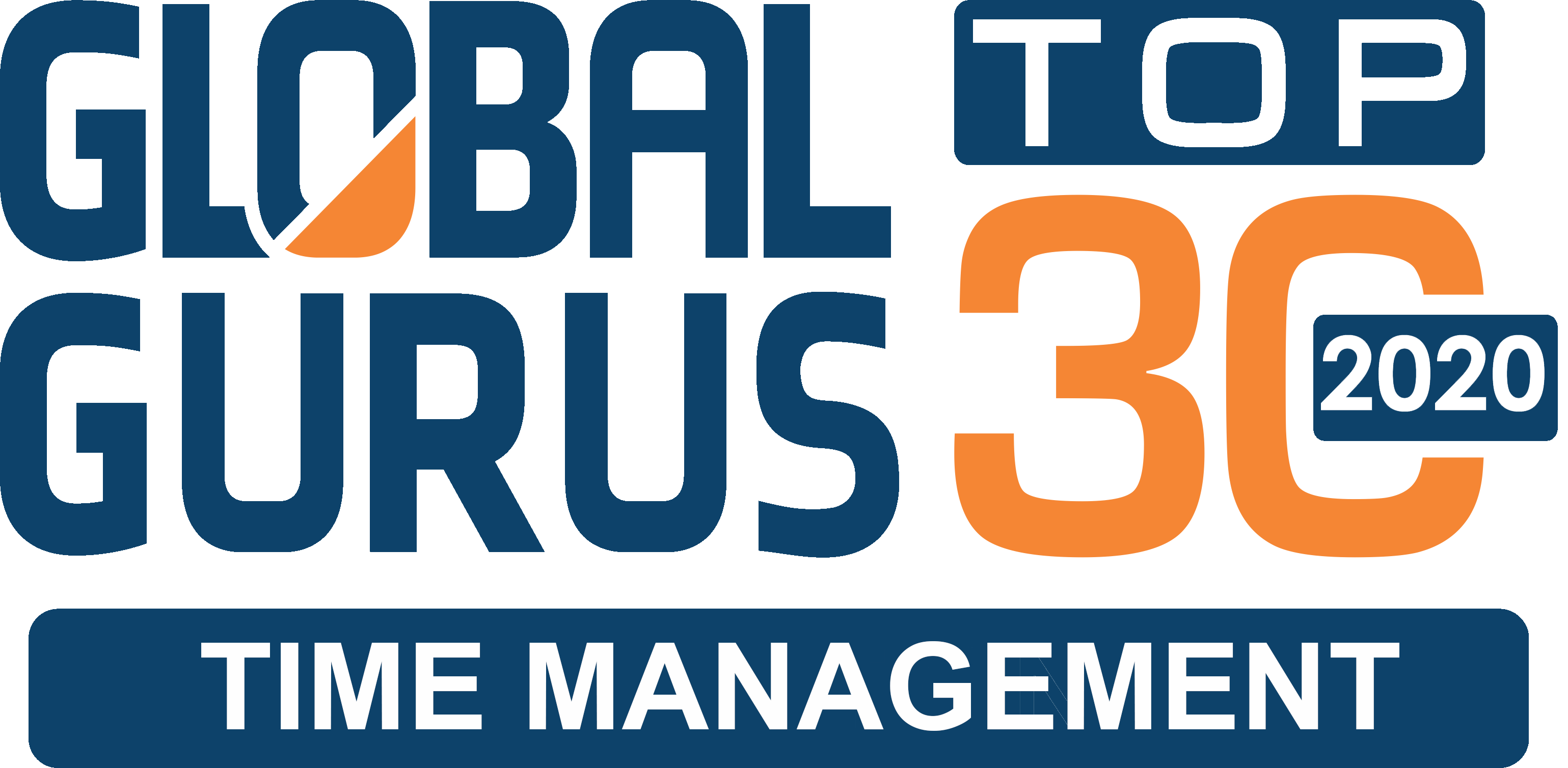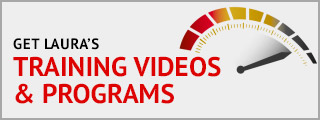 As you probably know, John Wiley and Sons released my latest book, SuperCompetent: The Six Keys to Perform at Your Productive Best, this past August 9. Like my previous books, SuperCompetent addresses productivity from an individual viewpoint, in this case describing how the reader can achieve career success by applying six specific productivity keys in the workplace.
As you probably know, John Wiley and Sons released my latest book, SuperCompetent: The Six Keys to Perform at Your Productive Best, this past August 9. Like my previous books, SuperCompetent addresses productivity from an individual viewpoint, in this case describing how the reader can achieve career success by applying six specific productivity keys in the workplace.
Within days of its release, a client asked me how SuperCompetent applies to managing people, not just individual productivity. In other words, how does the Six Keys philosophy work in a team environment? This set me to thinking, especially when I considered the issue of employee engagement (last month’s newsletter article), and how that factor impacts productivity.
Formulating the Matrix
Because engagement is a managerial concern more than it is personal one, I didn’t address it specifically in SuperCompetent. However, I believe that it does apply to all six of my productivity keys to one extent or another. Attitude—that is, the intensity of an employee’s motivation, drive, and proactiveness—is clearly the most pertinent of the Six Keys, because attitude is nearly synonymous with engagement.
But any experienced manager can tell you that Attitude is not an accurate measure of performance, because the factors that predict high employee engagement aren’t the same ones that cause an employee to perform well. From my own research, it’s clear that all the other productivity keys (Activity, Availability, Attention, Accountability, and Accessibility) must also be in place and functioning properly for SuperCompetence to emerge.
Ultimately, performance and engagement are independent variables—and this natural variation can result in an odd mélange of employee types that confuses the issue of achieving a group level of SuperCompetence. Fortunately, it’s possible to clear up most of this confusion through the use of a very simple tool.
If you combine high and low aspects of Performance and Engagement, you get a matrix that you can use to gauge your employees and even your teams. Ladies and gents, I give you: the Productivity Management Employee Engagement/Performance Matrix!
In this diagram, we’ve got four quadrants that describe nearly all the employees in a typical workplace. I won’t claim that it covers everyone, but from personal experience, I can guarantee you that 95% of your employees will fall into one of the categories.
So let’s take a look at the quadrants in ascending order, starting with the worst: the dreaded Camper.
Campers
Campers are the classic low-engagement/low-performance employees. Think bureaucrats. These people are lifeless drones, low-performance deadwood who do little more than fill a chair, waiting for retirement. They vary from unengaged to actively disengaged, and couldn’t care less. They come to work just to get a paycheck…and Heaven forbid you should ask them to go one iota beyond their job description or stay late during crunch time.
If you have Campers on a team, the team will suffer: no ifs, ands, or buts about it. At the very least they’ll slow you down, but dedicated Campers are much worse: they’re not just non-productive in and of themselves, they infect everyone else, since their coworkers have to do all the work they won’t. This is bound to cause strain. They may not be doing it maliciously, but they’re doing it.
The only alternative to firing a Camper is to put a corrective action plan in place, in hopes that you can somehow engage them. You’ll need to sit down with them, make it clear that they’re on probation, and let them know why. Tell them flat-out that their behavior can’t continue, and then lay out your action plan step by step. Give them a fair amount of time to turn things around—thirty days is good—and make it clear that they won’t have a job if they don’t. Be sure to set mileposts and check to see that they’re met.
If you’re very lucky, the Camper will start working their way toward productivity; and if they do, be sure to encourage their growth. But more realistically, they won’t even try, or they’ll just give up on you and go elsewhere…which is fine. Either way they’ll still be a problem, but they’ll be someone else’s problem.
Defectors
The employees I call Defectors are low-engagement/high-performance personnel who are mostly just biding their time until they can leave you. A variety of factors may cause or contribute to their lack of engagement: boredom, contempt for authority, and arrogance, for example. But even when they’re actively disengaged, something drives them to perform at a high level. Maybe it’s pride, or showmanship, or sheer talent for what they’re doing. Whatever it is, you benefit from it.
It’s better to have a Defector on your team than a Camper, but you can’t tolerate them forever. They’re unreliable in the long term, because as soon as they find a greener pasture, they’re going to disappear. That’s no good for you, given the costs and annoyance involved in replacing truly productive personnel; and it’s no better for them, though you’d be hard-pressed to convince them of that.
The good news is that if you can engage a Defector, they’ll instantly mature into one of your Productives, as their high-performance ways dovetail with their increased engagement. You should be aware, however, that the Defector is unlikely to respond to traditional team motivation efforts, which they may consider superficial and silly.
Your best bet with a Defector is to be both frank and direct. Approach them in a semi-formal setting and lay the cards on the table. Let them know you’re aware of their lack of engagement, but that you value their high level of performance. Make it clear, however, that their obvious disinterest in the company is hurting both them and the team. Ask them what you can do to help them become more engaged—and be sure that they understand that if they do become engaged, you believe that the synergy between their performance and engagement will shoot them straight into the workplace stratosphere.
That’s nothing less than the truth, but they may find it to be flattering; and for that reason alone, they may be willing to try harder. It’s equally possible that if you make them aware that they’re considered problematic, they’ll buck up and try to improve. Conversely, it may simply make them realize that both you and they would be better off if they bowed out gracefully.
It’s also possible that their cynicism is more than skin deep. If that’s the case, and they make their scorn for you, the team, or the company overt, you should get rid of them. They’re more trouble than they’re worth, and you needn’t be a stepping stone for their ambitions.
Cheerleaders
While social talent and enthusiasm make up for a lot, they aren’t everything—and Cheerleaders are the classic workplace example. They love the company, but they don’t produce results, which makes them something of a liability. Even so, in my book a low-performance Cheerleader beats a high-performance Defector hands down. Cheerleaders have already sold themselves on the company; now you just have to help them become better workers.
Start by coaching the Cheeerleader. Sit down with them in a casual meeting, and gently point out that their productivity needs some work. Carefully explore the reasons behind their lack of productivity. Maybe they’re not suited for the job they’re in; or maybe they’re just bored because they’re insufficiently challenged.
Be encouraging and supportive during your coaching sessions. That’s a good idea with anyone you coach, but it’s crucial with a Cheerleader. Laying down the law as you might do with a Camper or Defector is a losing strategy with Cheerleaders, because you don’t want to damage their sense of engagement. Be supportive, so that they remain optimistic. Tell them that if they can just fix a few small things, they’ll become the ideal employee—which is true. If they can become fully productive, they’ll slide over into the high-engagement/high-performance Productives category in no time flat.
During your coaching sessions, you may discover that the Cheerleader just needs some training to become more productive. Don’t hesitate to provide what they need (within the limits of your budget, of course). It’ll be a wise investment, because shifting a Cheerleader into the Productives quadrant is a management coup. Your entire team will become more productive as a result, making you shine all the brighter.
Engineering that shift may be as simple as providing the Cheerleader with more challenging tasks—work that will make them stretch a bit to achieve. If they succeed in the challenge, then not only will they become more productive, but they’ll be happier and more likely to remain fully and actively engaged.
Productives
We’ve all encountered workers who not only do their jobs amazingly well, but do them cheerfully and with gusto—always productive, rarely complaining. These are the individuals that Campers like to say “make the rest of us look bad.” Well, no. If that’s the case, it’s a reflection on the Camper, not on the Productive.
Productives are easy to recognize. These are the true workplace SuperCompetents: the people you give the critical assignments to, so you can be sure that the work is getting done as perfectly as possible. When management gurus talk about setting up an organization so that it can run like a well-oiled machine without your constant input, these are the people they assume you’ll have on your team.
But tread carefully here: Productives can become the victims of their own success, because after all, the reward for work done well is more work. You can’t put everything on their heads, because overloading will lead to stress and exhaustion, which inevitably leads to negative emotion—and before you know it, your Productive is sagging toward the Defector quadrant as their engagement level fails. So before you dump another task on their plate, ask them if they can handle it.
Gently pressure them to be honest, and to tell you if they run into problems later on. Keep an eye on them, too; most Productives don’t like to admit that they’re not supermen. If you must ease their load, don’t be abrupt about it, because that may lead to resentment and worry. Explain why you think they need to rebalance their load, and get their direct input on what they think they can or should give up.
On the other hand, you can’t just assume that your Productive has enough interesting work to keep them happy; check in with them on occasion. And never, ever let yourself believe that a Productive is irreplaceable. As the old saying goes, if you’re irreplaceable, you can’t be promoted—and you can rest assured they’re aware of this. Productives need the lure of promotion as a reward for their excellent work, so you always need to provide them with opportunities for growth. If you don’t, you’ll be stirring the pot of negative emotion again.
Conclusions
While it can be dangerous to generalize about anything in this life, you also need to be able to quickly categorize things (including people) if you expect to accomplish anything at all. When it comes to judging SuperCompetence, at least from a management perspective, I believe that the classification system I’ve outlined here is an effective rough-and-ready way to estimate where your people fall on the engagement/performance scale.
Give it a try, and let me know how it works for you!
Make it a productive day! ™
(C) Copyright 2010 Laura Stack. All rights reserved.



